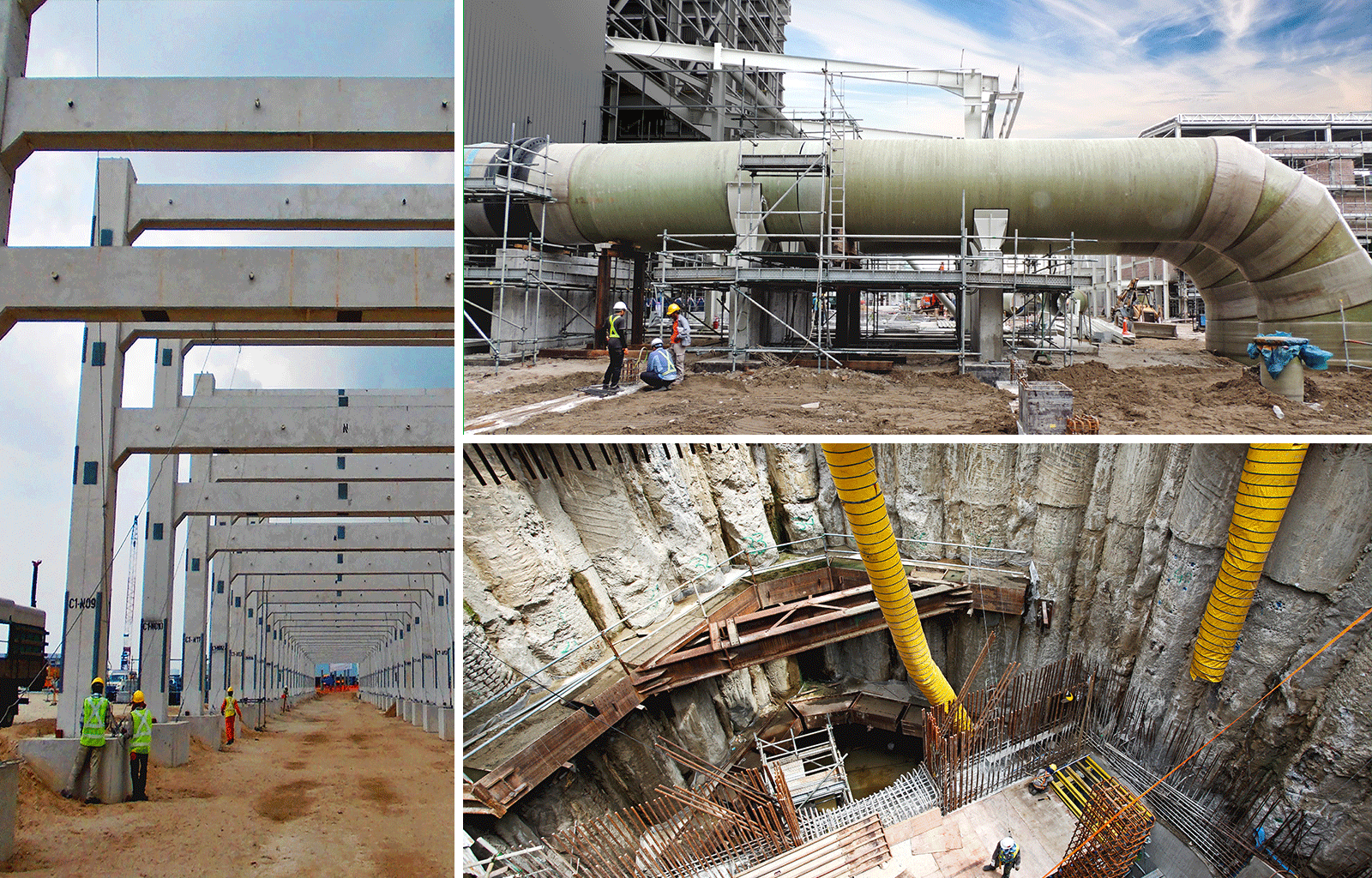Beneath all heavy plant equipment lies a robust foundation, and at HSL, we pride ourselves in being one of the best foundation builders for the process industries. In process plants, huge structures such as furnaces, reactors and boilers are common, and these units often require complex designs to ensure that high temperatures can be maintained without compromising the integrity of the underlying structure. Understanding their complexity and unique requirements has aided us in developing a strong foundation building process that firmly incorporates safety and stability.

